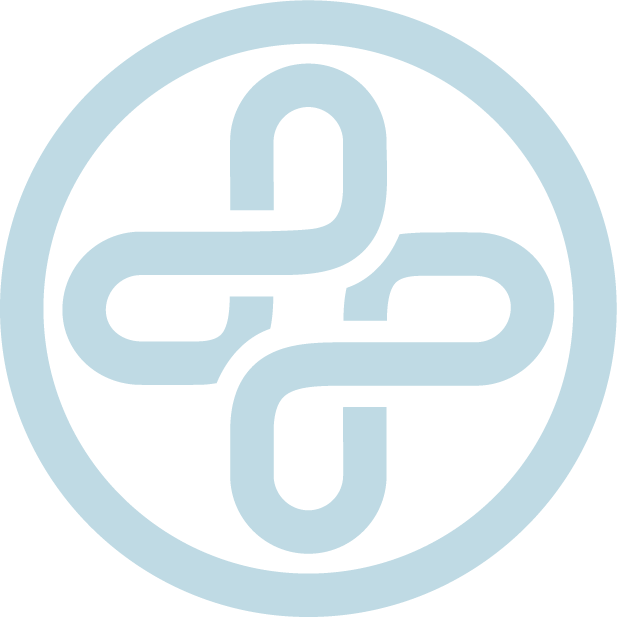Public Health nursing, or “women in blue”, began in the United States at the turn of this century. In 1916 there were 5,152 women in blue employed the country over by all agencies, public and private, according to the October 1938 issue of Survey Graphic. By 1931 there were 15,865 nurses at work, but there were no public health nurses in Wyoming.
Although Wyoming suffered less from the Great Depression than many states, its self-reliant spirit was broken in 1933 when it became the last state in the nation to accept federal assistance. Thousands of Wyoming’s children were undernourished, and there were many cases of inadequate clothing. The per capita income had dropped to $372 in 1933 from $669 in 1929.Twenty percent of the State’s population was receiving some form of relief. And the unemployed numbers exceeded twenty thousand.
The Social Security Act was passed by Congress on August 14,1935. Its purpose was to make state and local governments responsible for public welfare programs.
Wyoming’s Plan for Maternal and Child Health Services was drawn up in January 1936 to provide preventive medical and public health nursing services to prenatal, infant, preschool and school children. This was the beginning of Public Health Nursing in Wyoming.
In 1912 Congress established the Children’s Bureau to promote child health. The goals were to decrease infant and maternal mortality, to develop statistical reporting on child health status, and to establish the school lunch program.
The Maternity and Infant Care Act of 1921 provided federal government grants to states to improve maternal child health delivery. Wyoming immediately followed suit by passing W.S. 35-4-401, an act “for the promotion of the welfare and hygiene of maternity and infancy, and for other purposes”. In 1930, the State Health Department in Cheyenne was made up of a Health Officer, a graduate nurse and a registrar of vital statistics.
Title V of the Social Security Act in 1935 gave more attention to the needs of children creating three separate services.
- Maternal and Child Health Services
- Crippled Children’s Services
- Child Welfare Services
Title V also earmarked funds for training, and nurses from Wyoming were sent to the University of California for a semester’s training in Public Health. Upon their return, these nurses were assigned to start Public Health Services in Wyoming counties.
- Fremont (February 1938 and continuous)
- Goshen (February 1938 – April 1940, unsure when it reopened)
- Lincoln (December 1936 in Star Valley, September 1938 in Kemmerer)
- Platte
- Uinta (February 1937 and continuous)
- Big Horn (December 1936 – October 1938, reopened in February)
- Hot Springs (February 1937 – September 1938, reopened in February 1939)
- Sheridan (May 1937 – April 1938, reopened in August 1939)
- Washakie (February 1937 – September 1938, reopened in February 1939)
- Converse (May 1937 – December 1939. Reopened August 1940)
- Albany (January 1,1940 and continuous)
- Park (January 1940 and continuous)
- Sublette (June 1940 and continuous)
Scarcity of nurses was named for the reason for lapse in services.

